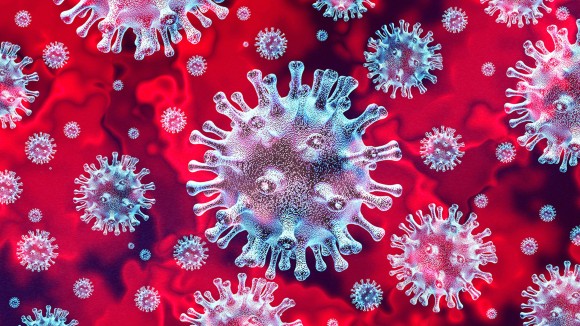
NANOPHOTONIC BIOSENSOR:

European scientist developed an ultrasensitive “NANOPHOTONIC BIOSENSOR”
which detects the virus from saliva /nasal swab in minutes.
These devices or sensors consist of certain miniaturised chips which
detect the virus antigens from a simple nasal or saliva swab.
From sample preparation to diagnosis, it takes approximately
30 minutes. These nanosensors are capable of detecting RN strands which detect the
new coronavirus.
The detector works by binding the coronavirus molecules to the sensor
surface producing a new signal when the virus is present. The bio-receptors on
sensor surface are specific to a particular antigen of the virus, only coronavirus
molecules are captured along the sensor. The sensor surface contains certain
receptors. Light travelling in sensor generates an evanescent field of few nanometers over the sensor surface. The receptors can recognise the antigen of the virus
when the fluid sample is passed through. Once it is identified the recognition
event produces a change in the refractive index of light. This change is measured
and determined precisely with the set of existing values thus help in quick
detection of the disease.
SHREYA PAUL.
DEPARTMENT-CHEMICAL
ENGINEERING.
3RD YEAR
ROLL-1755062.
Image source: ScienceDirect
Comments
Post a Comment